Biography
The daughter of a military doctor, she and her sister received a good education; they also studied piano and drawing.
During the 1860s, the two sisters, Élodie and Caroline Jacquier, studied at the Lycée de Lorient and took drawing classes with the painter Ernest Corroller. Corroller's influence was to be felt in both women's careers, as they in turn became painters, known respectively as Élodie La Villette and Caroline Espinet (1844-1910)[2].
On December 12, 1860 in Lorient, Élodie Jacquier married Jules La Rousse La Villette, born in 1834, lieutenant in the apprentice fusilier battalion in Lorient. She followed her husband - who supported her artistic choices - to different garrisons.
In 1865, in Lorient, she gave birth to her first daughter, Aimée Marie Marguerite, who became a composer under the name Rita Strohl. Élodie La Villette's first exhibition took place in Paris in 1870. Her husband was taken prisoner for five months in Germany during the 1870 war, and it was during his captivity that he learned to play the cello. In 1872, the couple moved to Arras and Élodie La Villette took lessons from Désiré Dubois[3].“Élodie La Villette, who had received advice from Corot in 1874, created seascapes sensitive to the effects of light, reminiscent of Courbet's realism and Boudin's virtuosity[4].”
In 1875, Élodie and her husband were in Douai. She had her portrait painted by Charles Demory and received a 3rd class medal at the annual Salon. The following year, her husband was appointed chef de bataillon in Lorient, and one of his paintings was acquired by the State for the Musée du Luxembourg in Paris.
The artist helped found the Union des femmes peintres et sculpteurs in 1881 under the presidency of Hélène Bertaux (1825-1909), then Virginie Demont-Breton (1859-1935), whose members exhibited at a renowned annual Salon [ref. needed].
She was part of the delegation of French artists exhibiting at the 1893 World's Fair in Chicago, in the Woman's Building[5].
Élodie La Villette received an award at the 1889 Universal Exhibition in Paris. In 1893, her daughter Rita Strohl gave a major benefit concert for her mother's charity in Lorient. Her son-in-law died in 1900, and her sister Caroline Espinet took in the two daughters of Rita Strohl, who remarried in 1908.
Élodie La Villette is buried in the Saint-Pierre-Quiberon cemetery.
Salons
Salon des artistes français from 1870 to 1914.
Salon de l'Union des femmes peintres et sculpteurs[6] from 1882 to 1916.
Salon de la Société des amis des arts de Nancy from 1893 to 1910[7].
Exhibitions
1991: guest of honor at the Salon de la Société lorientaise des beaux-arts, and took part in the retrospective tribute in 2007.
2014: the Musée des Beaux-Arts de Morlaix devoted its summer exhibition to two sister painters, Élodie de La Villette and Caroline Espinet[8].
Works in public collections
Chemin de Bas Fort Blanc, 1885, Musée de Morlaix
Attributed to Élodie La Villette, Larmor-Plage (1879), work unsourced, location unknown.
Besançon, Musée des Beaux-Arts et d'Archéologie de Besançon, on deposit with the Musée d'Orsay: Grève de Lohic et l'Île des Souris près de Lorient, 1876, oil on canvas, 120 × 245 cm.
Douai, Musée de la Chartreuse: Vue du quai Fleurquin à Douai, 1875, oil on canvas, 45 × 61 cm[9].
Laval, Musée du Vieux-Château: Marine, temps gris, oil on wood, 29 × 44.5 cm[10].
Fécamp, musée des Pêcheries : La Falaise d'Yport, 1877, oil on canvas, 165 × 256 cm[11].
Morlaix, musée des Beaux-Arts: Chemin de Bas-fort-Blanc, 1885, oil on canvas, 140 × 230 cm
Paris, musée du Louvre department of graphic arts: Marée montante à Larmor, 1885, drawing, 23.8 × 31.2 cm[12].
Strasbourg, Musée d'Art Moderne et Contemporain: Marine, oil on canvas, 49.5 × 82 cm[13].


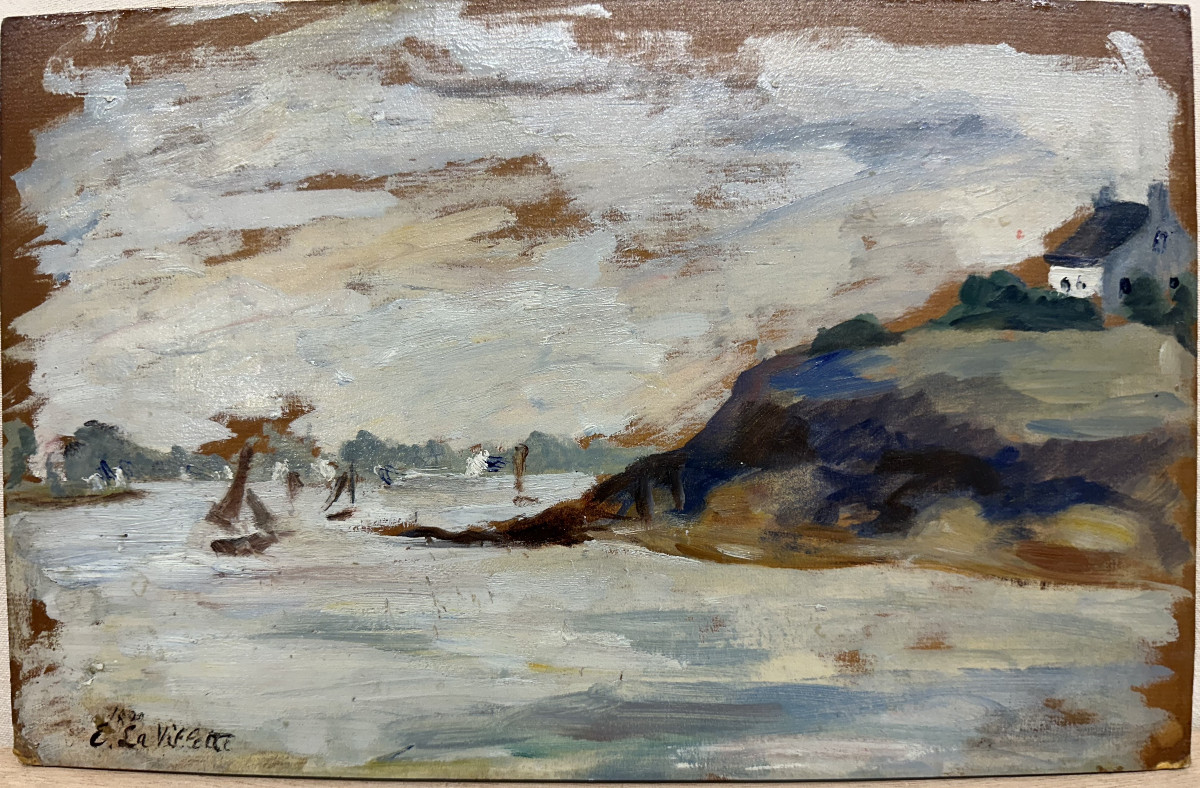
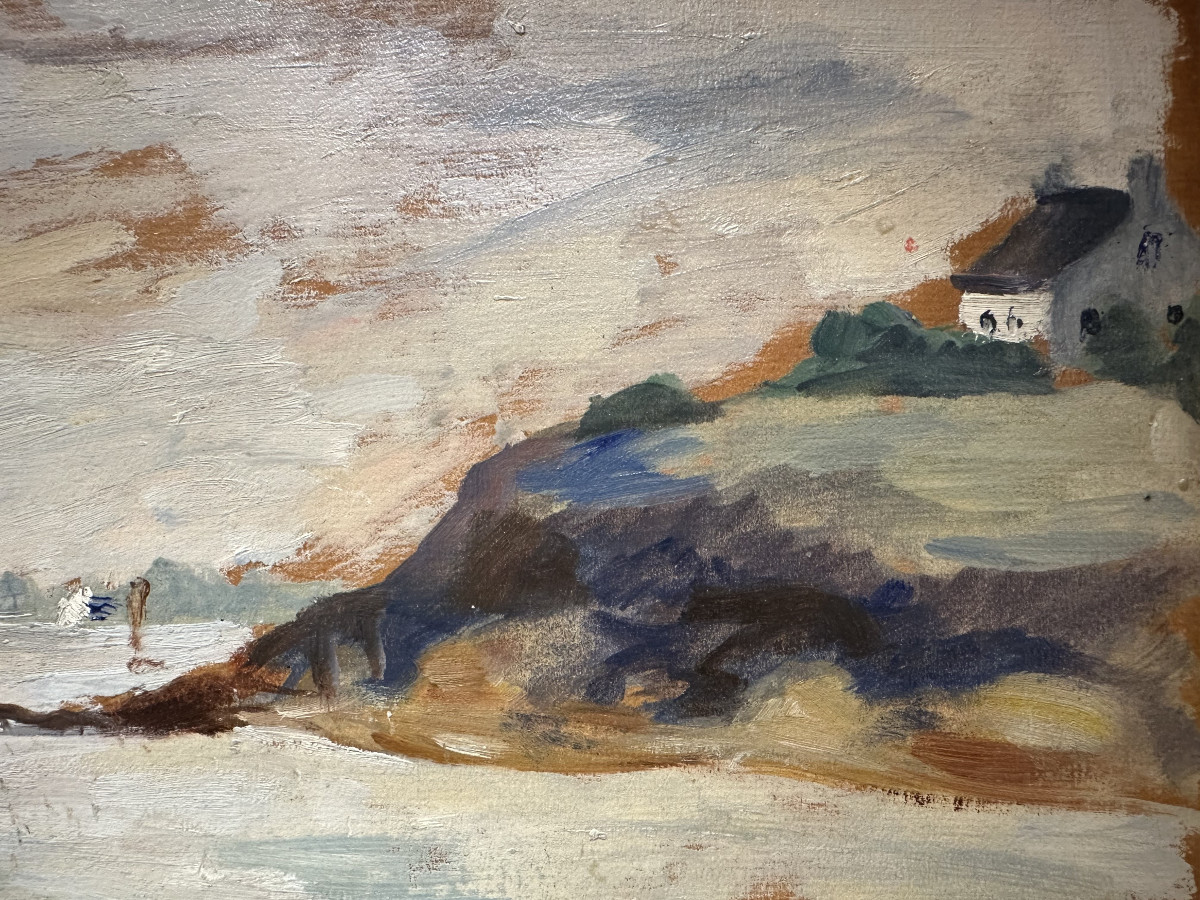
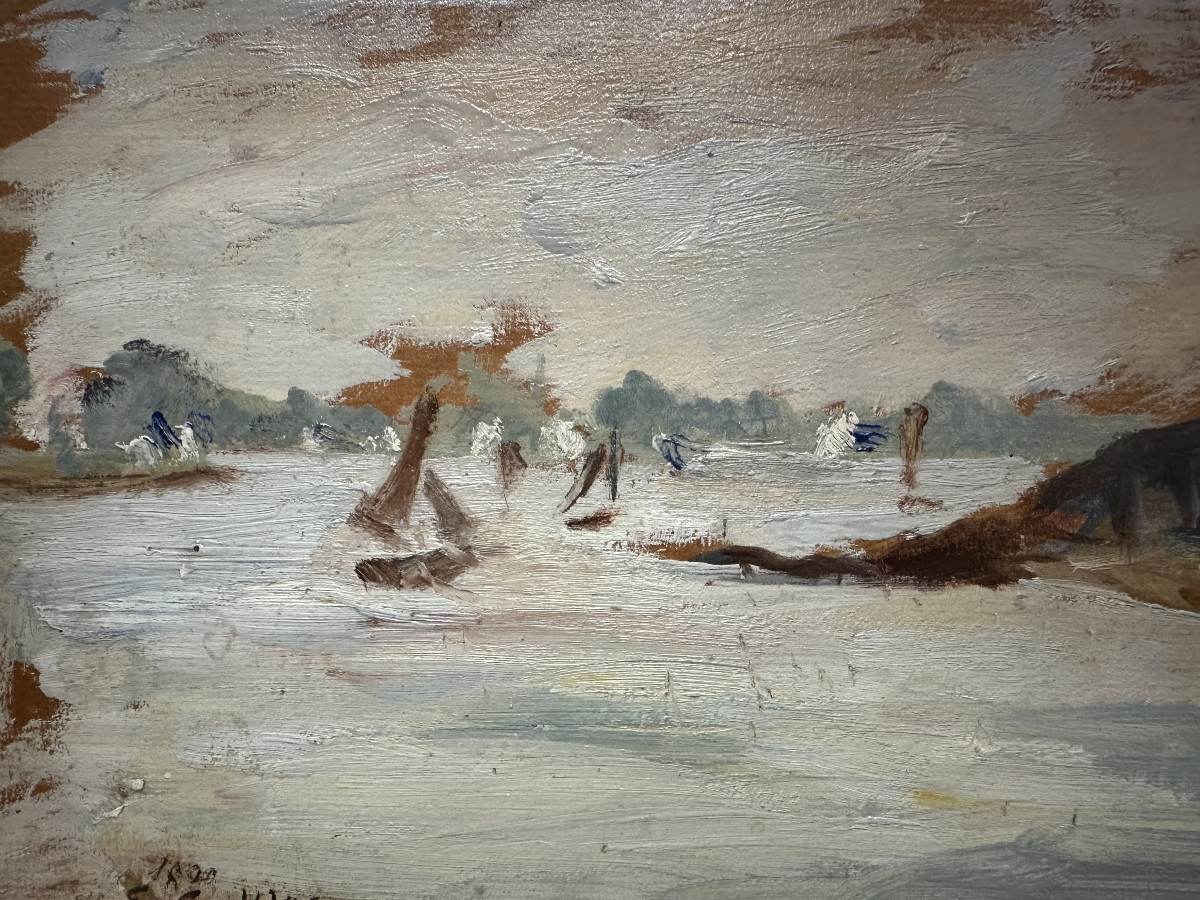
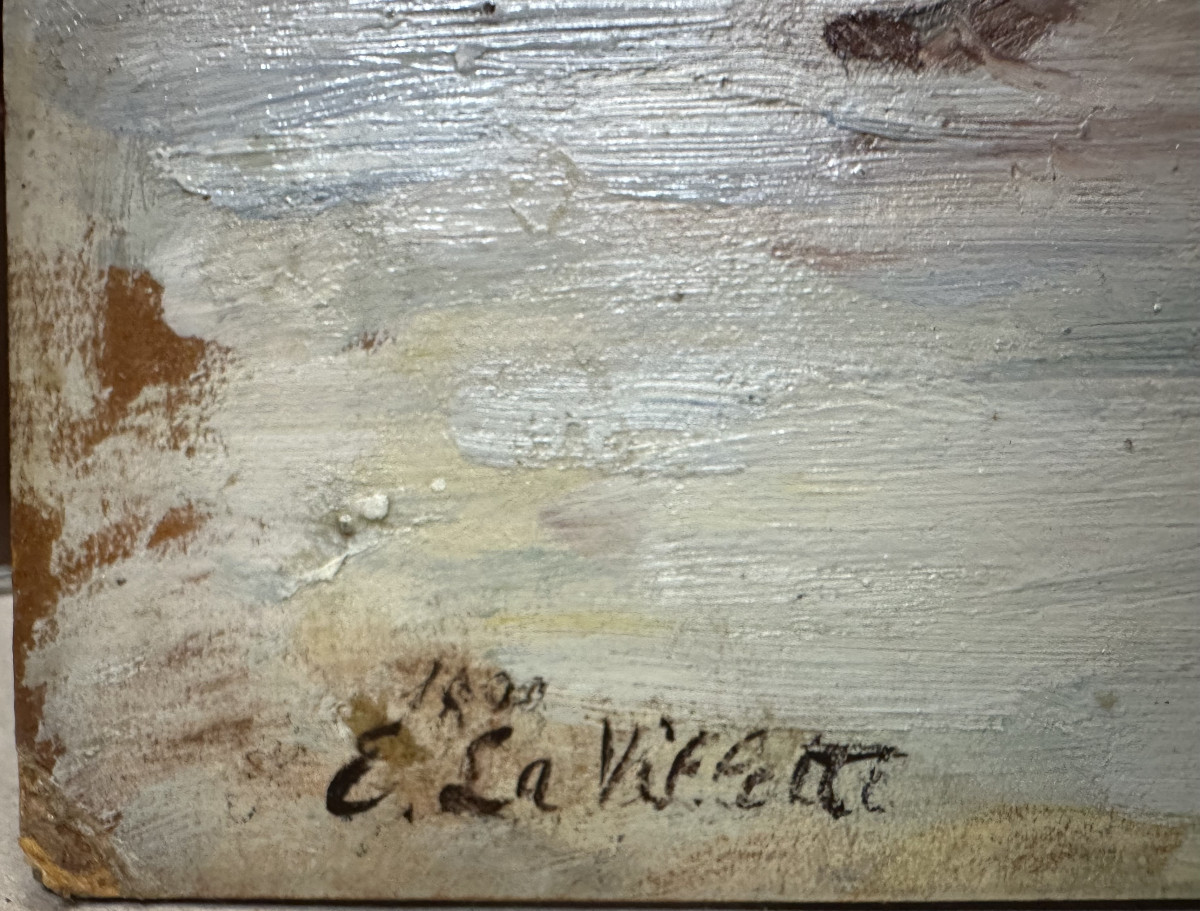






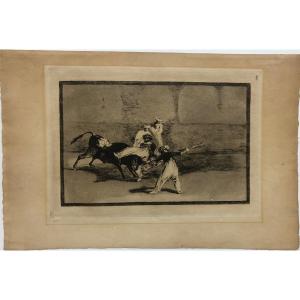
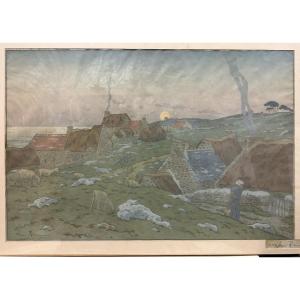

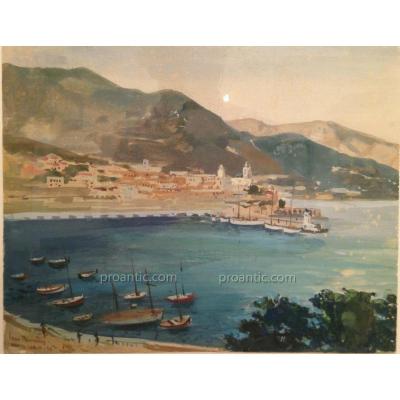




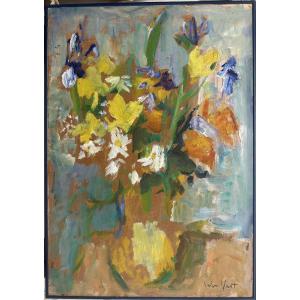

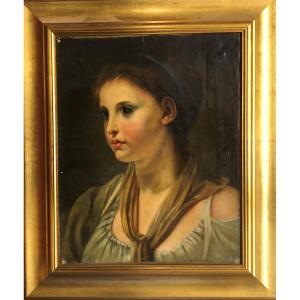
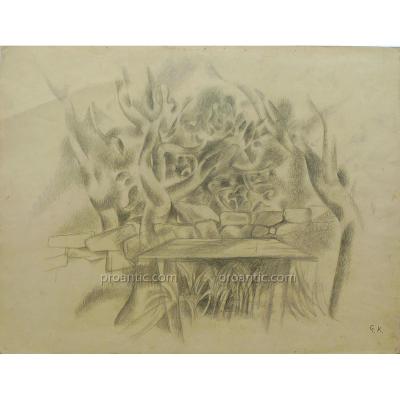

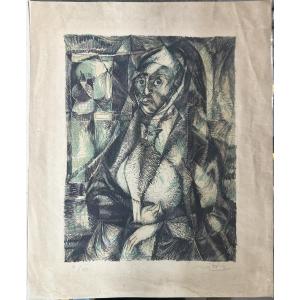








 Le Magazine de PROANTIC
Le Magazine de PROANTIC TRÉSORS Magazine
TRÉSORS Magazine Rivista Artiquariato
Rivista Artiquariato